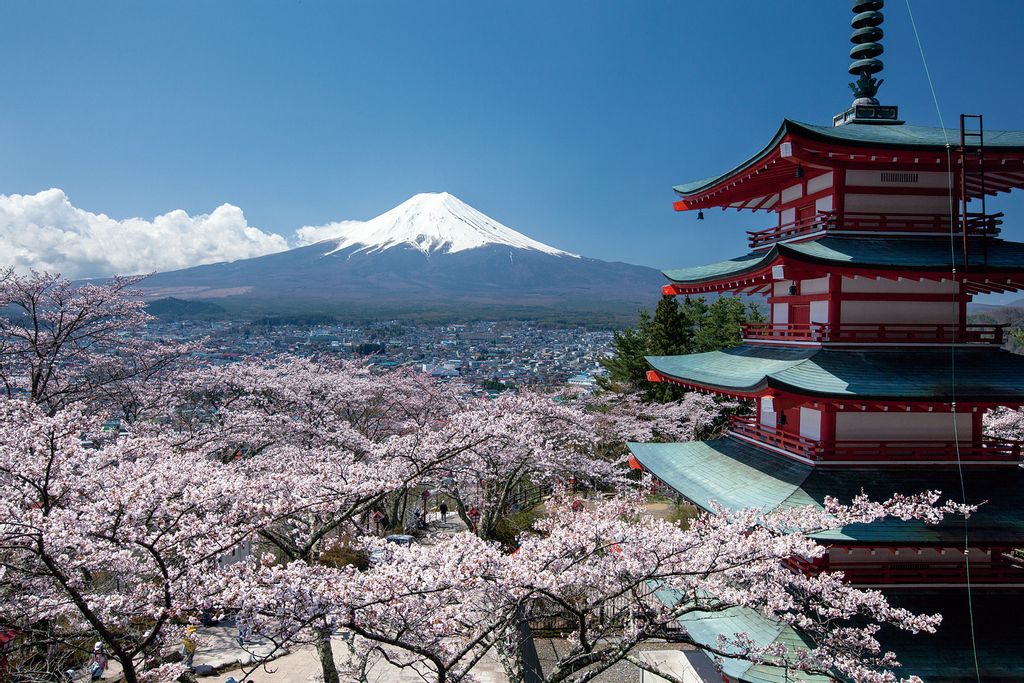Fujin's Cultural Significance In Japan
Share
Fujin, the Japanese god of wind, is a figure steeped in rich cultural significance and history. As one of the prominent deities in Shinto and Japanese folklore, Fujin embodies the power of nature and its influence on human life. This article explores Fujin's origins, symbolism, and the various ways he is celebrated in Japan.
Origins of Fujin

Fujin's origins can be traced back to ancient Japanese mythology, where he is often depicted as a fearsome figure carrying a bag of winds. His character is believed to have been influenced by both indigenous Japanese beliefs and the introduction of Buddhist elements from the Asian continent. As a result, Fujin is often associated with the duality of creation and destruction, representing both the nurturing and destructive aspects of the wind.
Symbolism of Fujin
Fujin is not just a deity of wind; he symbolizes the unpredictable nature of life itself. The wind can bring gentle breezes or devastating storms, reflecting the highs and lows that people experience. In art and literature, Fujin is often portrayed alongside Raijin, the god of thunder, emphasizing the relationship between wind and storms. This duality serves as a reminder of the balance that exists in nature and life.
Fujin in Art and Literature
Fujin has been a popular subject in various forms of Japanese art, from traditional paintings to modern interpretations. Artists often depict him with his signature bag of winds, swirling around him in dynamic motion. His fierce expression and flowing garments convey the power and unpredictability of the wind.
In literature, Fujin appears in many folktales and myths, often as a protector or a force to be reckoned with. His stories emphasize the importance of respecting nature and understanding its forces.
Festivals Celebrating Fujin
Throughout Japan, various festivals celebrate Fujin and his significance. One of the most notable is the Kamakura Matsuri held in Kamakura, where people honor the gods of wind and sea. During this festival, participants create small shrines and offer prayers for safe travels and favorable weather.
Another significant event is the Fujin Matsuri in Kyoto, where locals engage in traditional dances and rituals to pay homage to the wind god. These festivals not only celebrate Fujin but also serve as a reminder of the deep connection between the Japanese people and their natural environment.
Fujin's Influence on Modern Culture
Fujin's influence extends beyond traditional beliefs and festivals. In contemporary Japan, he appears in various media, including anime, manga, and video games. His character often embodies themes of strength and resilience, resonating with audiences who appreciate stories of overcoming adversity.
Moreover, Fujin's image is used in modern design and fashion, symbolizing freedom and the spirit of adventure. This adaptation of Fujin into modern culture highlights the enduring relevance of traditional deities in contemporary society.
Visiting Fujin's Cultural Sites
For travelers interested in experiencing Fujin's cultural significance firsthand, several sites across Japan offer unique insights into his legacy.
Kamakura
Kamakura is home to the Hase-dera Temple, where you can find various depictions of Fujin. The temple's serene environment provides a perfect backdrop for reflection on the power of nature.
Kyoto
In Kyoto, the Fujin Matsuri is a must-see event. The vibrant celebrations and traditional performances offer a glimpse into the cultural heritage surrounding Fujin.
Museums
Many museums in Japan feature exhibitions dedicated to traditional deities, including Fujin. The Tokyo National Museum often showcases artifacts and artworks that highlight his significance in Japanese culture.
Best Time to Visit Japan for Fujin Festivals
The best time to visit Japan for experiencing Fujin's cultural significance is during the spring and autumn months. Spring, particularly in April, is when many festivals take place, celebrating the arrival of warmer weather and the beauty of cherry blossoms. Autumn, on the other hand, offers a chance to witness the vibrant colors of nature, making it a picturesque backdrop for cultural events.
Weather Information
- Spring (March to May): Mild temperatures ranging from 10°C to 20°C (50°F to 68°F). Expect occasional rain, so packing an umbrella is advisable.
- Autumn (September to November): Cool temperatures between 10°C and 18°C (50°F to 64°F). The weather is generally dry, making it perfect for outdoor festivals.
Conclusion
Fujin's cultural significance in Japan is a testament to the deep-rooted connection between the Japanese people and their natural environment. From ancient mythology to modern interpretations, Fujin continues to inspire and resonate with individuals across generations. Whether you are drawn to his fierce power or the gentle breezes he represents, Fujin embodies the essence of life itself.
As you plan your trip to Japan, consider immersing yourself in the rich traditions surrounding Fujin. Experience the festivals, visit cultural sites, and appreciate the artistry that celebrates this remarkable deity.
For your travel needs, consider booking your hotels and flights through the following links to ensure a smooth journey: Hotels & Flights and Transfers. Enjoy your adventure in the land of the rising sun!




